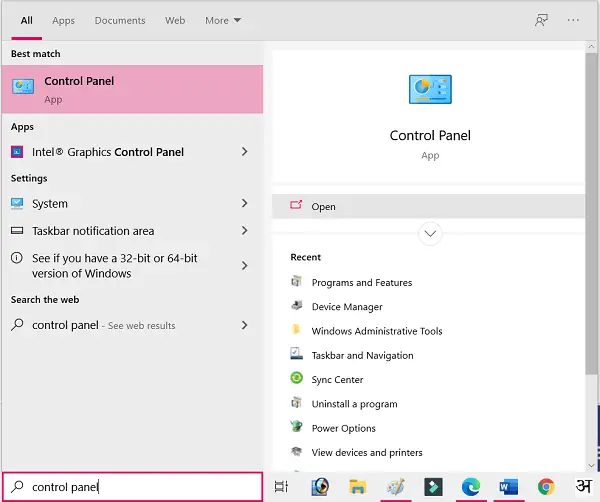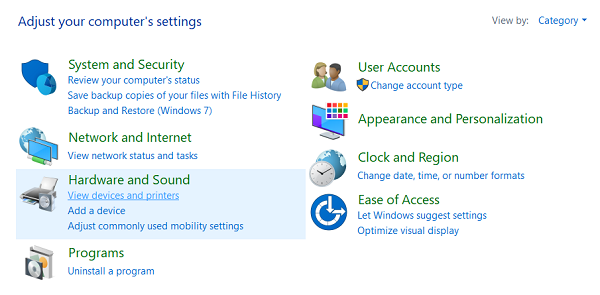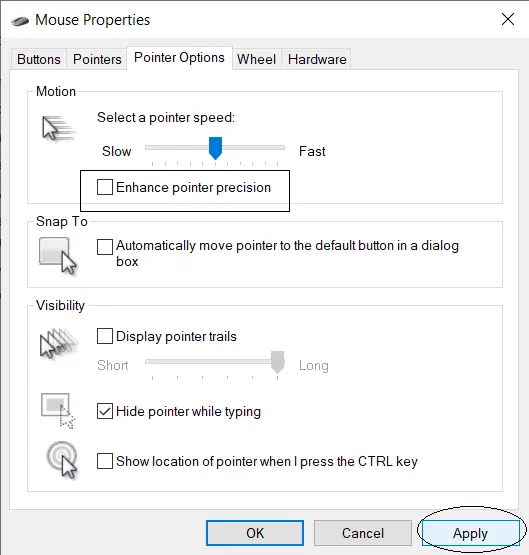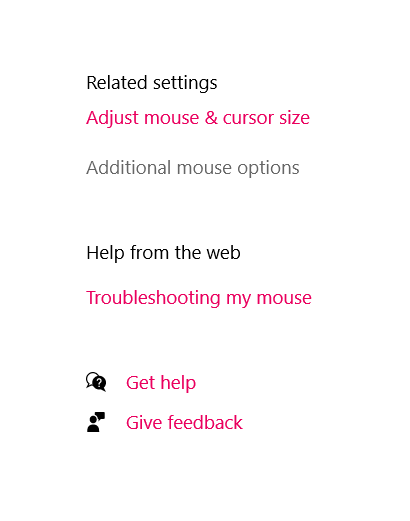You may sometimes come across instances of your computer mouse not operating properly on your Windows 11/10 PC. Sometimes, it may not respond to the movements you make as fluently as it normally does, other times it just downright freezes. These are cases of hiccups with the mouse’s acceleration settings. Thankfully, Microsoft’s customization settings are wide enough to take this into their purview too. Today, I’ll demonstrate how one can disable Mouse Acceleration on their Windows 11/10 computer.
What is Mouse Acceleration?
Before we move on to the heavy-lifting, it’s important to know what we are messing around with. Mouse acceleration is one of those things that doesn’t fall on most people’s radars, one of the things that goes unnoticed for the most part by most people. In simpler terms, it is relevant to the amount of movement shown by your device’s cursor on the screen and the speed at which you move your mouse.
In case you haven’t realized it till today, the distance traveled by your mouse’s cursor is directly proportional to the speed at which you operate the mouse, i.e., the higher the speed at which you move the mouse, the larger the portion of the screen it covers. A quick test for this to try and erratically move your laptop’s mousepad. You can only move so much, but observe the difference made by your speed in the distance the cursor covers. When this Mouse Acceleration functionality is disabled, your cursor movement is fixed and is not sensitive to your speed anymore.
Read: Stop mouse from auto-clicking or selecting when you hover.
How to disable Mouse Acceleration in Windows 11/10?
1] Via Control Panel
The procedure is straightforward and simple. All you have to do is follow the steps mentioned below:
- Go to the search pane in your taskbar, and type out the words ‘Control Panel.’

- Open Control Panel and among the 7 categories, you’ll find one named ‘Hardware and Sound’. Click on it.

- From the first option that says ‘Device and Printers,’ click on the ‘Mouse’ settings.

- This will open a separate dialog box with several configurations concerning your device’s mouse.
- From the sub-heads on top, choose the one that says ‘Pointer Options.’
- The first setting, called ‘Motion,’ is what’s of use here.
- You will see a box checked as ‘Enable Pointer precision,’ deselect it. If it isn’t checked, Mouse Acceleration was never enabled on your system in the first place.

- Save your settings by clicking on ‘Apply’ and close the dialog box.
Your Computer’s Mouse Acceleration has now been disabled. You can try moving your cursor to see how evident the change caused by this is.
Read: Move Mouse pointer one pixel at a time with Keyboard.
2] Via Windows Settings
You can alternatively approach your mouse’s configurations through your Windows Settings as well:
- Open your device’s Settings.
- Locate the category ‘Devices’ and among the subsequent list of options on the screen’s left, click on ‘Mouse.’
- On the right, you’ll find a section under ‘Related Settings’ below which is an option for Additional Mouse Settings. Clicking on this will take you to the same dialog box as was talked about above.

All this talk around mouse acceleration must have you wondering if you should disable it or leave it as is. It all comes down to what you use your computer for. Most concerns raised against this functionality are by gamers who require precise mouse movements.
Having your mouse fidget because of the speed you move distorts setting the aim and taking shots in games. Thus, the setting isn’t meant for you if you are a gamer.
However, the aforementioned case isn’t the most general one, as most people use computers for professional purposes like making and reading documents and reports, managing schedules, etc. in which case Enhanced Mouse Precision can be of immense help. It can help you go through readings and reports quicker than a fixed mouse speed and since it is the default Windows setting, getting rid of it can cause some irritation to the average user.
Read: 10 Useful Mouse Tricks For Windows users.
Should I turn off Windows Mouse Acceleration?
Turning off Windows mouse acceleration is recommended for competitive FPS gaming. It helps maintain consistent mouse movements, improving accuracy and muscle memory. Without acceleration, your cursor’s movement corresponds directly to your physical mouse movement, providing a more reliable gameplay experience. This consistency is crucial for precise aiming and overall performance.
Leave a Reply